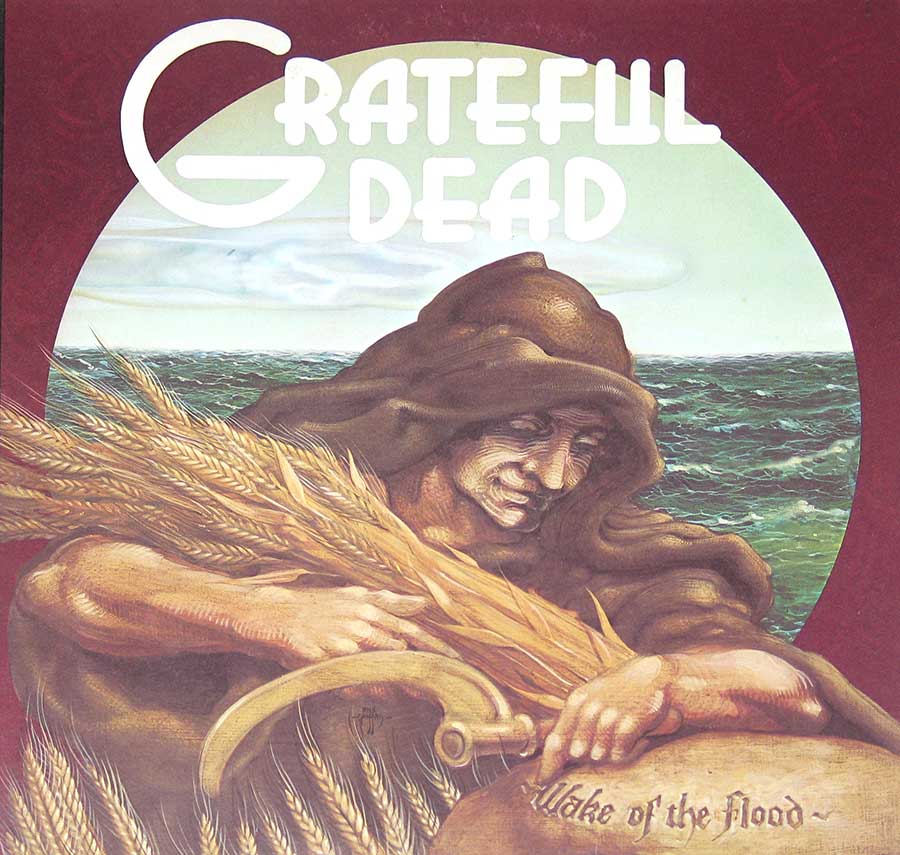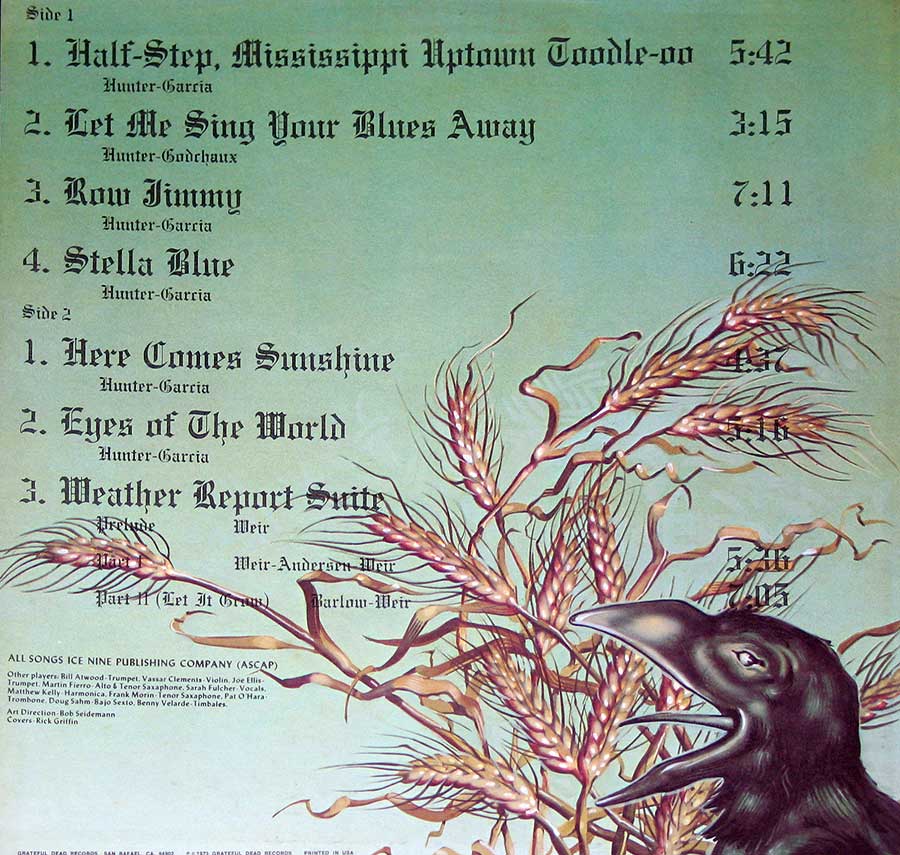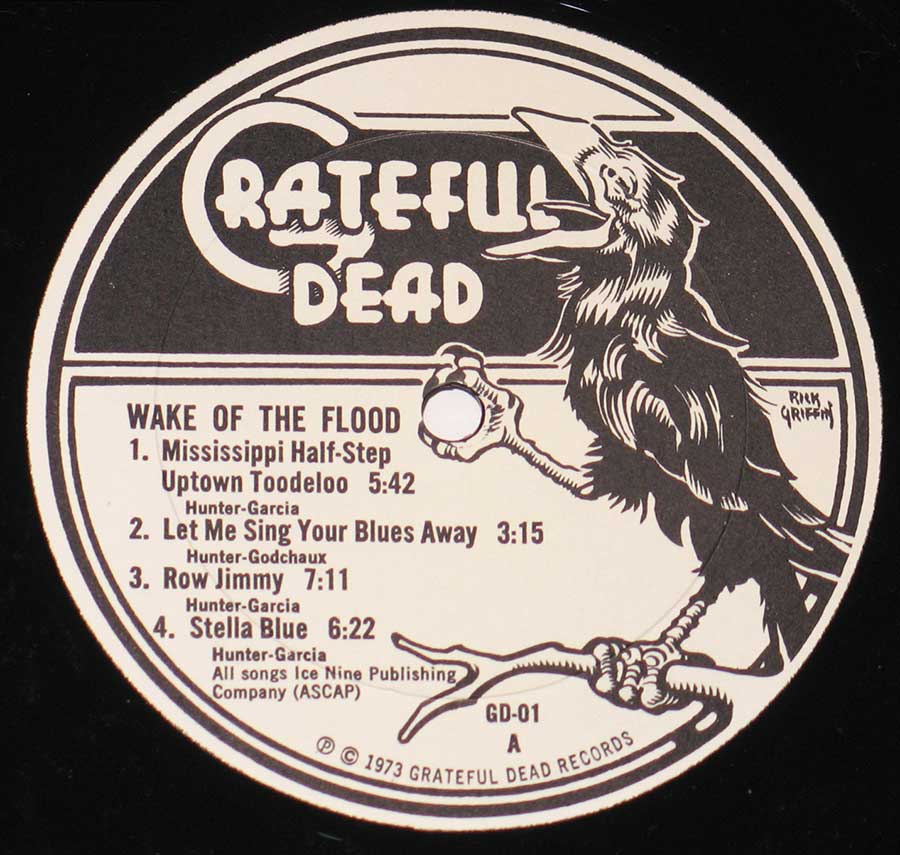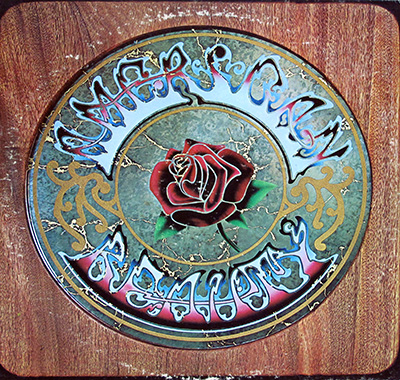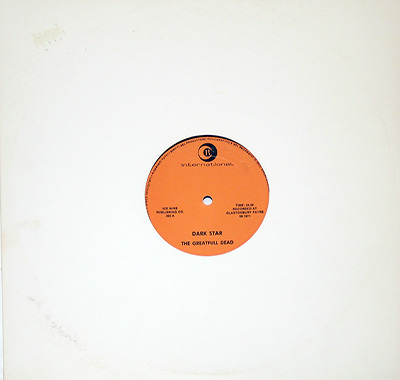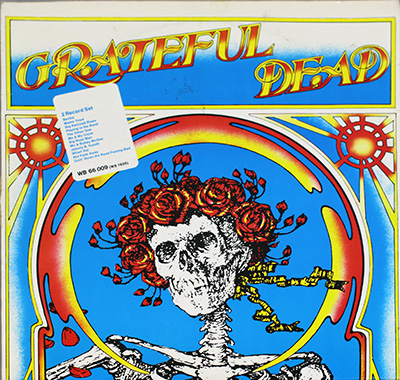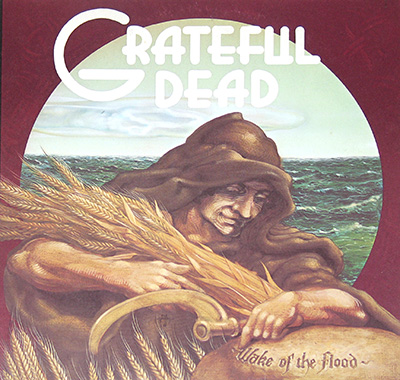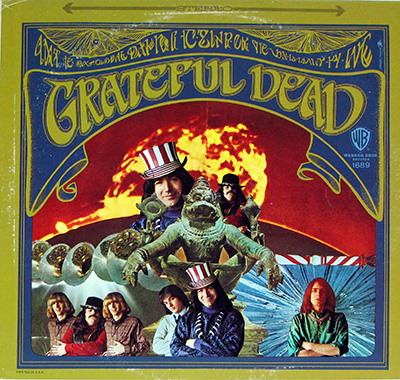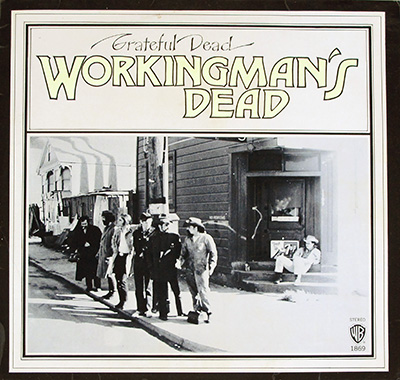|
Album Description:
The Grateful Dead's album "Wake of the Flood" stands as a seminal work in their discography, showcasing their unique blend of psychedelic rock, folk influences, and improvisational jams. Released as the band's first studio album after their departure from Warner Bros. Records, "Wake of the Flood" marked a significant turning point for the Grateful Dead. This web-page explores the significance of the album, its impact on the band's career, and the enduring legacy it has left on the world of music.
The Grateful Dead emerged in the 1960s as a countercultural force, captivating audiences with their eclectic sound and mind-expanding improvisations. Through their relentless touring and experimentation, the band cultivated a dedicated fan base known as the "Deadheads". However, by the early 1970s, the group faced a crossroads as they severed ties with their longtime label. "Wake of the Flood" was their first album on their independent label, Grateful Dead Records, allowing them greater artistic control and creative freedom.
"Wake of the Flood" is a tapestry of musical styles, revealing the band's commitment to exploration and sonic diversity. From the opening track, "Mississippi Half-Step Uptown Toodeloo", the album engulfs listeners in a rich tapestry of intricate melodies, tight harmonies, and lyrical depth. The songs reflect a wide range of influences, from folk and country to jazz and blues, all intricately woven into the Dead's signature psychedelic sound.
Lyrically, "Wake of the Flood" demonstrates the Grateful Dead's ability to intertwine storytelling with profound social commentary. In songs like "Eyes of the World", they encourage listeners to embrace unity and empathy, reflecting the ethos of the countercultural movement of the era. The album also addresses political themes, such as environmentalism in "Let Me Sing Your Blues Away" and individual freedom in "Stella Blue". These thought-provoking lyrics helped establish the Grateful Dead as more than just a band but as cultural torchbearers.
The album's standout tracks showcase the band's instrumental prowess and ability to create transcendent musical moments. "Here Comes Sunshine" features soaring guitar solos, pulsating rhythms, and ethereal harmonies, while "Row Jimmy" captivates with its mellow groove and introspective lyrics. The sprawling epic "Weather Report Suite" demonstrates the Dead's improvisational prowess, incorporating various musical motifs and dynamic shifts. Such innovative compositions highlighted the Grateful Dead's ability to weave intricate tapestries of sound in a live setting.
"Wake of the Flood" holds a significant place in the Grateful Dead's legacy and continues to inspire musicians and fans alike. It exemplifies the band's ability to merge different genres and musical styles into a cohesive and distinct sound. Moreover, the album's emphasis on improvisation and extended live performances became a hallmark of the Grateful Dead's concert experience, forging a template for countless jam bands that followed.
|
